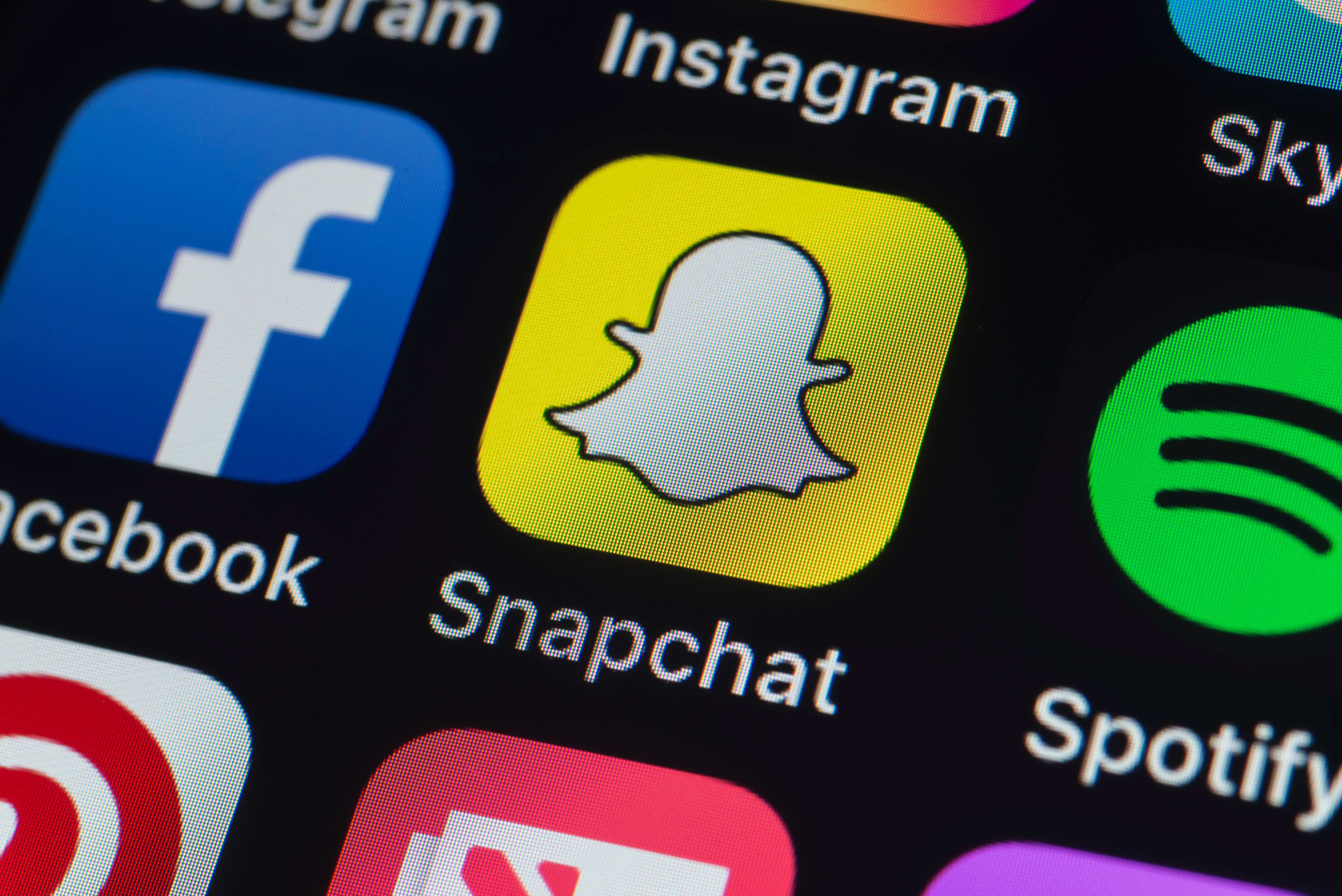Snapchat is making it harder for children to buy drugs on its app
In England, one in five 13 to 14 year-olds have seen drugs advertised on social media

Your support helps us to tell the story
From reproductive rights to climate change to Big Tech, The Independent is on the ground when the story is developing. Whether it's investigating the financials of Elon Musk's pro-Trump PAC or producing our latest documentary, 'The A Word', which shines a light on the American women fighting for reproductive rights, we know how important it is to parse out the facts from the messaging.
At such a critical moment in US history, we need reporters on the ground. Your donation allows us to keep sending journalists to speak to both sides of the story.
The Independent is trusted by Americans across the entire political spectrum. And unlike many other quality news outlets, we choose not to lock Americans out of our reporting and analysis with paywalls. We believe quality journalism should be available to everyone, paid for by those who can afford it.
Your support makes all the difference.Snap is making it harder for children to buy drugs on the app with a series of changes to its social media app.
The company said it was taking measures to “protect 13 to 17 year olds” by restricting its friend recommendation feature known as ‘Quick Add’. People will not be able to suggest adding minors unless they have “a certain number of friends in common with that person.”
Snapchat also will be developing new parental tools to give “parents more insight into who their teens are talking to on Snapchat, while still respecting their privacy”.
It says it has increased its proactive detection rates by 390 per cent – an increase of 50 per cent since its last public update.
The social media app says it has a zero tolerance policy for drug dealing on Snapchat, and claims that 88 per cent of drug related content it uncovers is proactively detected by its machine learning and artificial intelligence technology, but that has not always stopped sellers.
An NBC News investigation from last October revealed that in the United States, Snapchat was used to sell prescription pills like Percocet, OxyContin or Xanax which were actually counterfeit, and contained a deadly dose of fentanyl that resulted in the deaths of a number of teenagers.
In England, a survey shared exclusively with The Independent found that one in five 13 to 14-year-olds have seen drugs sold on social media. This includes class A substances cocaine and MDMA.
“Social media platforms provide, however unwillingly from the platforms’ perspectives, an ideal space for drugs to be bought and sold, for so many reasons, not least because they give dealers easy access to thousands and thousands of young people, numerically the biggest age group using drugs”, Fiona Spargo-Mabbs, founder of drug education charity the Daniel Spargo-Mabbs Foundation, said.
Snapchat said that it actively bans accounts with search terms associated with drug dealing, and reiterated its technology for reviewing content before it is posted on public sections of the platform.
Join our commenting forum
Join thought-provoking conversations, follow other Independent readers and see their replies
Comments